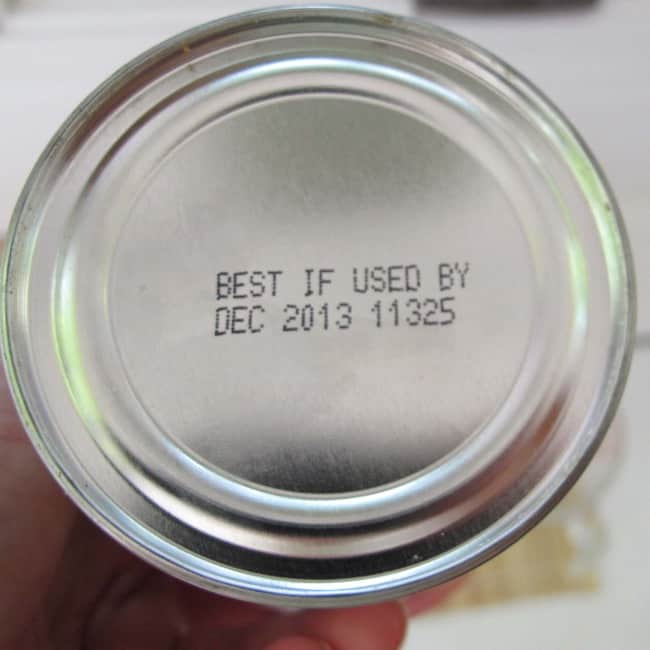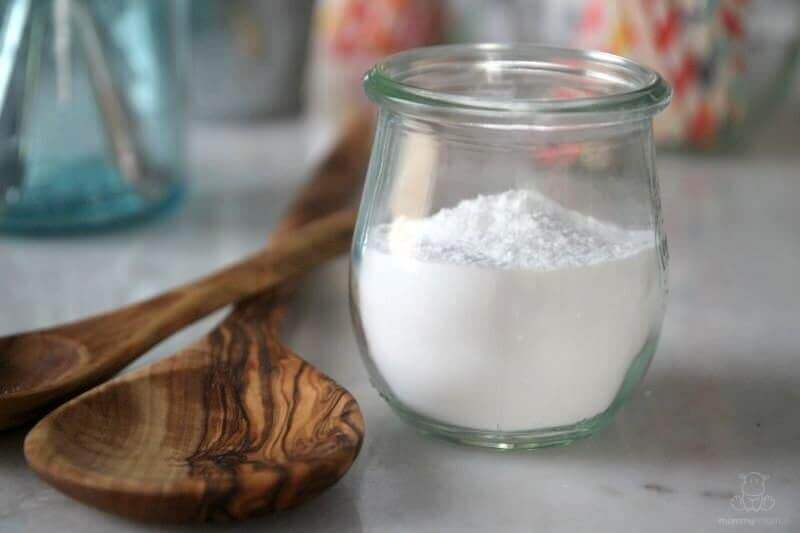

The world is your oyster (just don’t use them in baked goods, because that would be really gross). Blueberries are great in protein pancakes, chocolate chips are fabulous with pretty much anything, and chopped nuts and seeds give protein cookies a great crunchy texture. Depending on what you’re making, this is optional. I have heard that refrigerating the raw dough for a few hours before baking vegan protein goodies helps to keep it together, but I haven’t tried that yet myself. Vegans can try flax or chia seeds, although they are generally less sticky.
YOU TUBE HOW TO MAKE BAKING POWDER FREE
Eggs are the best option (and pasture raised, free range is optimal), but egg whites will work as well. A binder will keep everything together and prevent a big crumbly mess on your plate. Raw honey is another option that won’t spike insulin as much as sugar, and also has many antibacterial and anti-fungal benefits as well, but you have to use a lot of it to achieve the same sweetness as stevia or xylitol (and it's still a form of sugar). Xylitol is also great for preventing tooth decay and ear infections a random, but cool benefit. I opt instead to use stevia or xylitol, two natural, low calorie and carbohydrate sweeteners derived from plants, that have been scientifically proven not to have the same insulin impact as sugar. Sugar, whether it’s unprocessed, organic or blessed by Buddhists monks, is still sugar.1 It’s processed in the liver the same way as table sugar and it will cause an insulin spike which can lead to lethargy and overtime, causes weight gain.

Make it sweet. I was vigilant about not using sugar in my products.Cinnamon and pumpkin pie spice is a great option as well. If you’re working with vanilla flavored protein powder, add a little vanilla extract to the final mix. If it’s chocolate, you may want to use some cocoa powder to increase the flavor intensity. If you are okay with this, work with the flavor of your protein powder ( this brand is great for baking and I love the flavor). Add a flavor. When producing commercially, I would work only with unflavored protein powders as I didn't like artificial flavors in my product.A small amount of arrowroot or potato starch can lighten up these dense flours, so for every 1/4 cup of coconut, almond or bean flour, add a tablespoon of these non-inflammatory starches to keep things light and fluffy. Oat flour is fine if you can tolerate grains, but doesn’t provide as much nutritional density. I like to use coconut, almond or a chickpea and fava blend from Bob’s Red Mill because they’re all gluten-free, grain-free, high in fiber and low in starch. Protein powder may look like flour, but it behaves very differently when baked, so you need to combine it with a real flour product. If you can tolerate the additional carbs, pumpkin, and banana puree work just as well as unsweetened applesauce. Greek yogurt and full-fat coconut milk are two of my favorites but coconut cream is by far the gold standard. The creamier the better, so feel free to venture beyond milk. Your recipe needs a moisturizer that’s preferably not water.I have ventured into experiments with 1/2 or more of the ingredients being straight up protein, and all of those have been filed under “G” for Garbage. Your choice of protein powder should never be more than 1/4 - 1/3 of the total recipe.No-Fail Rules to Baking with Protein Powder: If you follow these guidelines, you should end up with something pretty awesome.
YOU TUBE HOW TO MAKE BAKING POWDER TRIAL
Some turned out great, even more, turned out as epic failures.īut over time (and through a lot of trial and error) I’ve developed a few guidelines that ensure that most of my protein baked goods turn out well. I spent a good portion of my time in research mode, making baked goods with whey, pea, and rice protein. How to make amazing baked goods using protein powder.Īs you may know, for two years I owned a company that made gluten-free protein pancakes, so I like to consider myself an expert in the area of baking with protein powder.


 0 kommentar(er)
0 kommentar(er)
